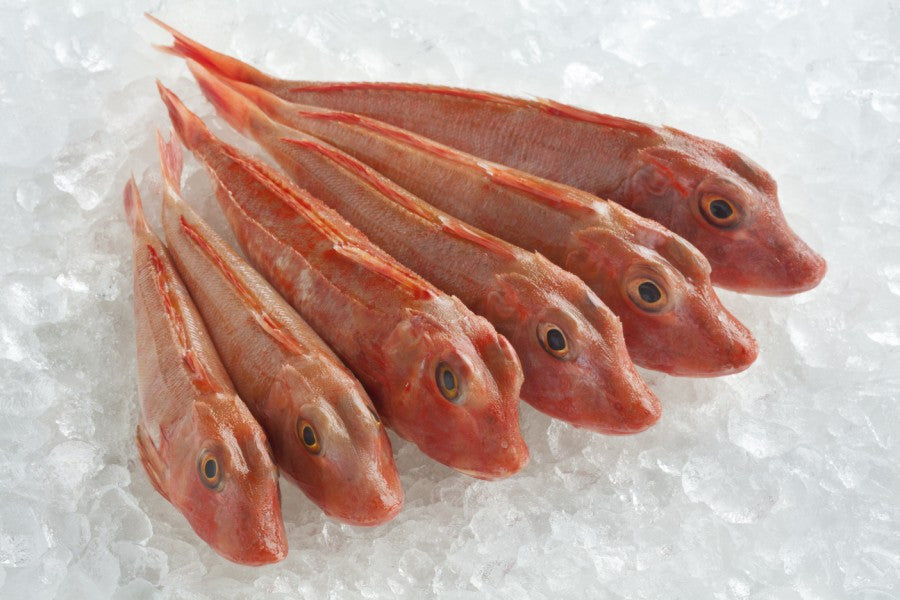
Gurnard: A Sustainable and Healthy Fish Option
Share
Also known as sea robins because of their large pectoral fins that look like a bird’s wings, gurnard belong to the Triglidae family. They are not one of the better-looking species of fish, however. With their big head, bulging eyes, and scary fins, they may be considered ugly-looking, so to speak. But, they have interesting characteristics that make up for what they lack in the physical appearance department.
One of the interesting facts about gurnard is that they can growl, and they do that by using muscles related to the swim bladder. They use their legs to stir up food on the seabed. They feed on shrimp and crab, which may be the reason for their sweet and tasty flavour.
As with many different kinds of fish, consuming gurnard has various health benefits. For instance, it is rich in minerals, particularly potassium and calcium. Potassium is essential for regulating fluid balance and controlling the electrical activity of the heart and other muscles. It is also associated with reduced risk of of stroke and lower blood pressure. Calcium, on the other hand, is needed for maintaining bone health. Gurnard is also high in protein and low in fat.
While gurnard is now often associated with Mediterranean dishes and used in fish soups, it has not always been popular as human food; it was considered as no more than lobster bait. But, as people are becoming more aware of sustainability, gurnard is also becoming one of the better choices.
If you wish to buy gurnard fresh, it should be firm to the touch and non-odorous. Moreover, when buying gurnard fillet, see to it that its flesh does not have discolouration and that it appears firm and moist.
Although it is not comparable to salmon or mackerel, it has a distinct and tangible flavour. It also has a meaty texture. You can roast or braise it whole One tip in roasting it is to position it in its natural swimming position, that is, flat on its belly. Also, make sure to remove its head and fins. When it is cooked, you can pick the meat away from the bones on the plate, saving you the hassle of filleting it.
To sum up, although gurnard does not look very pleasing, it is a good sustainable fish option. High in calcium, potassium, and protein and low in fat, it can also be a healthy addition to your diet.
